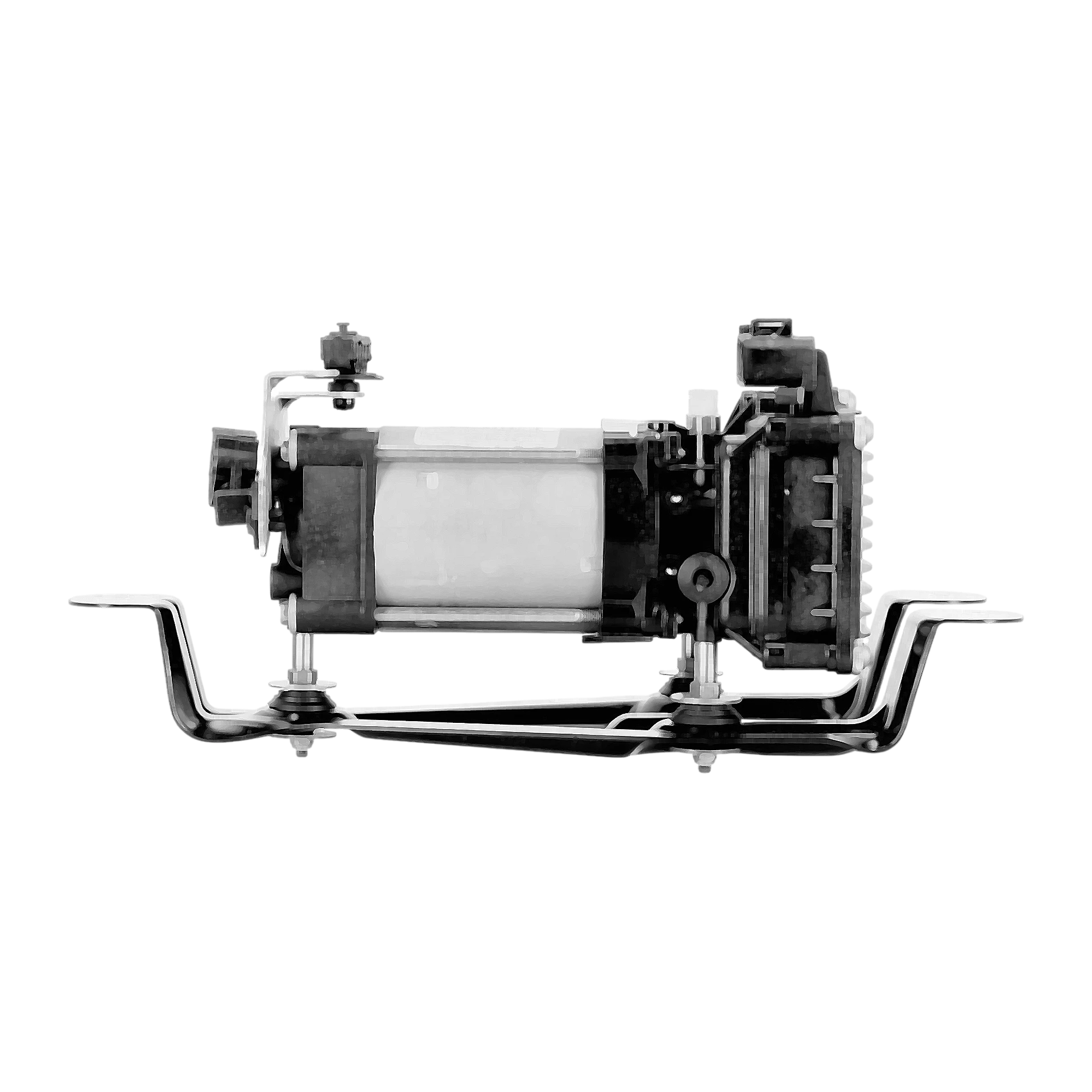The secondary air pump, suspension, and brakes are separate components in a vehicle's system, so I'll explain each one individually:
1. Secondary Air Pump: The secondary air pump is a part of the emissions control system in some vehicles. Its purpose is to inject additional air into the exhaust system during cold starts to help reduce emissions. It helps to heat up the catalytic converter faster, making it more efficient. If there is an issue with the secondary air pump, it can impact the vehicle's emissions and may trigger the check engine light.
2. Suspension: The suspension system of a vehicle is responsible for providing a smooth and comfortable ride by absorbing the shock and vibrations from the road surface. It consists of various components such as shock absorbers, struts, springs, control arms, and sway bars. The suspension system also helps to maintain proper tire contact with the road, ensuring stability and control while driving. If there are any issues with the suspension, such as worn out shocks or damaged components, it can lead to a bumpy ride, poor handling, and uneven tire wear.
3. Brakes: The brake system is vital for the safety of the vehicle and its occupants. It allows the driver to slow down or stop the vehicle when necessary. The main components of the brake system include the brake pads, rotors, calipers, brake lines, and master cylinder. When the brake pedal is pressed, hydraulic pressure is generated, forcing the brake pads to clamp onto the brake rotors, creating friction and slowing down the vehicle. Regular maintenance and inspections are required to ensure the brake system is in good working condition. Worn out brake pads, warped rotors, leaking brake fluid, or malfunctioning components can all affect the braking performance and compromise safety.
If you have any specific issues or questions related to the secondary air pump, suspension, or brakes in your vehicle, it's recommended to consult a professional mechanic or refer to your vehicle's owner's manual for guidance.
